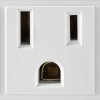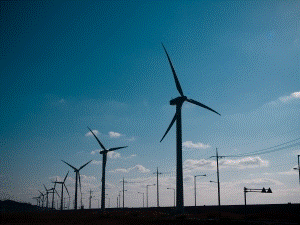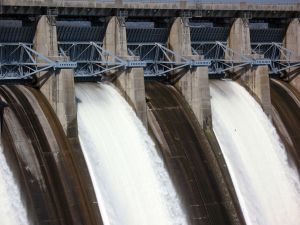четверг, 28 ноября 2019 г.
Energy
|  |
The simplest definition of energy is "the ability to do work". Energy is how things change and move. It's everywhere around us and takes all sorts of forms. It takes energy to cook food, to drive to school, and to jump in the air.
Different forms of Energy
Energy can take a number of different forms. Here are some examples:
- Chemical - Chemical energy comes from atoms and molecules and how they interact.
- Electrical - Electrical energy is generated by the movement of electrons.
- Gravitational - Large objects such as the Earth and the Sun create gravity and gravitational energy.
- Heat - Heat energy is also called thermal energy. It comes from molecules of different temperatures interacting.
- Light - Light is called radiant energy. The Earth gets a lot of its energy from the light of the Sun.
- Motion - Anything that is moving has energy. This is also called kinetic energy.
- Nuclear - Huge amounts of nuclear energy can be generated by splitting atoms.
- Potential - Potential energy is energy that is stored. One example of this is a spring that is pressed all the way down. Another example is a book sitting high on a shelf.
In physics, the standard unit of measure for energy is the joule which is abbreviated as J. There are other units of measure for energy that are used throughout the world including kilowatt-hours, calories, newton-meters, therms, and foot-pounds.
Law of Conservation of Energy
This law states that energy is never created or destroyed, it is only changed from one state to another. One example is the chemical energy in food that we turn into kinetic energy when we move.

As humans we use a lot of energy to drive our cars, heat and cool our houses, watch TV, and more. This energy comes from a variety of places and in a number of forms. Conservationists classify the energy we use into two types: renewable and nonrenewable. Nonrenewable energy uses up resources that we cannot recreate. Some examples of this are gas to run our car and coal burned in power plants. Once they are used, they are gone forever. A renewable energy source is one that can be replenished. Examples of this include hydropower from turbines in a dam, wind power from windmills, and solar power from the sun.

The more renewable power we use the better for our planet and for future generations as they won't run out of resources someday.
Fun Facts about Energy
- In 2008 about 7% of the energy used in the United States was from renewable sources.
- A modern windmill or turbine can generate enough electricity to power around 300 homes.
- People have used waterpower to grind grain for over 2,000 years.
- Geothermal power uses energy from geysers, hot springs, and volcanoes.
- The entire world could be powered for a year from the energy from the sun that falls on the Earth's surface in one hour. We just need to figure out how to harness it!3
Подписаться на:
Комментарии (Atom)